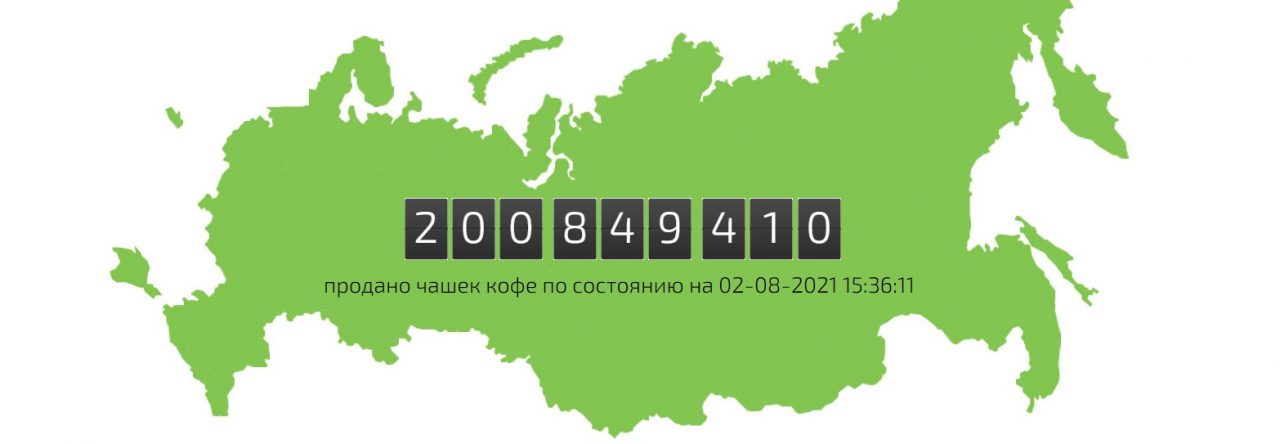Coffee is doubtlessly one of the most important products available in the market. On the one hand, it can boast great tonic features. On the other hand, it brings different people from different parts of the world together forming a huge global community of dedicated business professionals. The role of coffee should never be underestimated, as its importance for the global economy is the same as finances, oil or other market-defining products.
Moreover, coffee highlights some extra features such as flexibility and some other resources letting the product change in accordance with the market development and met its expectations in the long run.
At the same time, coffee originates from less developed countries. That it gets to professional roasters to set up for another round-the-world trip. According to the latest stats provided by the World Bank Group, the economy of 95 of 140 developing countries depends on coffee export. It defines up to 50% of the entire nations’ budget like in Uganda. In Burundi, for instance, this rate is up to 75%. Every time you have a cup of coffee, you should also consider about 25million families across the globe that are involved in the coffee business. For the majority of developing countries, coffee export has grown into a powerful economic stimulation that can be compared with oil production.
Coffee production is still one of the most time-consuming and labor-intensive processes. Millions of workers around the world do their best to provide us with a perfect cup of coffee to give our spirit a boost of energy. According to the survey conducted by International Coffee Organization, 25 million families involved in the coffee production mainly consist of small local farmers. For example, only in Brazil over 1,000,000 employees work in a coffee production industry for major coffee suppliers.
In spite of all its great qualities and features, the demand for coffee started growing rapidly on the wave of status consumption. Although, people choose the product due to several reasons including its exotic origins, prestige, taste or flavor, any of the above-mentioned have nothing in common with modernity.
“Fair Trade”
The term “Fair Trade” appeared at the end of the 80s. It resulted in the difference between the final and purchase price. For this reason, producers and suppliers decided to regulate those prices with a special regulating tool also known as the “Fair Trade”.It provided guarantees of fair pricing for both producers and suppliers. Coffee appeared to be among the first products included in the program back in 1988.
In spite of all the efforts, the one could hardly prevent the development of multinational players like Nestl?, Starbucks, Keurig Green Mountain and Jacobs Douwe Egberts. They took the control over the entire coffee market reserving some of its authentic producing features for the initial production stage.
Another great miss for coffee products under the “Fair Trade” label was its poor taste if compared with other products available in the market. In addition, Consumer Affairs conducted a survey that revealed 46% of European consumers who were not ready to overpay for the status of coffee they bought in 2005. However, the times have changed as well as the situation in the coffee market. It has turned into a more volatile segment leaving small farmers without the slightest opportunity to diversify their profile in case of rapid and unpredictable price decrease because of the overproduction or lower demand.
The Big Coffee Triple
When it comes to coffee supplies, the model is actually the same as it was 20 or 30 years ago. We have a set of small producers on the one side selling their products to a group of giants in the market on the other side. However, the situation is absolutely different when it comes to coffee consumption.
We have the big coffee triple hailing from the UK highlighting such big names as Costa, Starbucks and Caffe Nero. 3,415 trade spots altogether represent these companies across the country. Starting from 2008, Costa has being coming over 881 cafes while Starbucks had 664. Nine years have passed since that. Both brand’s at least doubled their facilities as well as the overall market coverage leaving US giant behind.
The reason is very simple. According to Market Force research, both giants were very close to resulting in 100% customers’ satisfaction during the last year. However, Costa was even closer to meet clients’ expectations and increased the rate by 18%incomparison with its main rivals. This fact appeared to be a great advantage on the front of previous scandals related to Starbucks tax avoidance, which had a negative effect on the sales growth. The company faced its first serious decrease in 16 years.
The above-mentioned example proves that coffee retailers’ success depends not only on coffee factors. We should also consider a huge technical potential, new advanced equipment used in coffee shops and cafes around the world. In spite of a changing coffee market with so many new gadgets and innovative coffee machines for home usage. The latest stats by NCA show that modern coffee consumers prefer drinking coffee out than at home.
The new tendency reveals the generation of modern consumers who are not ready to get involved in socialization in spite of the taste and flavor home coffee machines are ready to provide. For chains of cafes and coffee shops, it means another great source of customer traffic. At the same time, small independent venues will also have a chance to get their piece of a pie. The consumption of coffee specialties has raised from 13% to 36% in the period between 2008 and 2016. The same increase can be observed in the group of consumers aged 18-24. 500,000,000 cups of coffee are drunk daily across the globe. Coffee consumption has turned into a new trend or habit if you like.
At the same time, the coffee price is balancing each day affected by the farmers’ efforts to overcome various obstacles including coffee rust, low productivity and even plantation extinction due to diseases and other challenges. In 2013, the epidemics eliminated up to 37% of the coffee harvest. Nicaraguan farmers faced the same problems and were left without 20%of their coffee harvest. The consequences were catastrophic resulting in $300,000,000 losses.
In other words, we can witness the increased price per cup in the nearest future due to tougher labor conditions and new challenges for the corporations. We should also mention the possibility of Arabica extinction by 2080. The entire coffee market can be left without 60% of coffee supplies turning the industry into a less perspective niche for investors despite it is now at its development peak.
Extended Coffee Geography
Considering all the above-mentioned, we have a number of fast food and coffee chains aimed at covering more economic space in a short and medium-term period to make a couple of extra bucks.
For example, Telepizza is a popular Spanish fast-food operator. The brand is currently aimed at entering the Iranian market with its chain of 200 trade spots and venues. They plan to run their campaign for 10 years. The situation with Western chains has been rather tough recently due to political issues and revolution. However, it is currently improving creating a unique economic environment featuring some fake brands like Pizza Hut and Mash Donalds. Sanction abortion leaves plenty of opportunities for various European brands to take leading positions in the market including coffee segment as a defining niche for maximum revenue.
Some other major brands are aimed at conquering new markets. Focus Brands will enter the Chinese market introducing its Cinnabon and Auntie Anne’s confectionary chains. Burger King looks towards South-East Asia through Bangladesh. The company already has its representation in India and Pakistan.
The Russian market has turned into a battlefield where gas station chains are competing with fast food chains. The first ones appear to be more successful when it comes to coffee sales growth as well as entering new isolated and remote regions covering more market space.
The first half of 2016 appeared to be rather successful for “Gazprom Neft”, which is the fourth largest oil producing company in Russia. Its coffee revenue was 1 billion rubles according to the Regional Sales Director Alexander Krylov:
The situation launches the revolution in managers’ minds creating the new generation of retailers that have recently been used to the fact that oil firms 25% of GDP. Three years of efforts combined with the implementation of BMS Coffee Control system for remote coffee machine monitoring and maintenance let Russian brands bear fruit today.
It looks like Russians will eventually stop being the nation that drinks instant coffee the most in the nearest future. The European model of coffee consumption is becoming more and more popular. It will eventually define the customers’ behavior in its full swing.


Leave a Reply